October 8, 2024
Coast-to-Coast: Exploring America

By Simon J. Lau
Sweat rolled off my forehead as my shirt clung to me. It was another damp, sticky morning, but for a brief moment, Bruno and I found cool relief under a thick canopy of trees. Our journey had taken us from our home in San Francisco across the nation, and now we stood at the entrance of Wormsloe State Historic Site in Savannah, Georgia. This former plantation and grand estate, with its avenue of moss-draped oaks, seemed to whisper the stories of those who had labored on these grounds centuries earlier. In this sheltered place, I realized this was more than just a cross-country adventure. It was an opportunity to connect with and consider the complex history of America.
As we stood surrounded by the timeless beauty of Wormsloe, I reflected on the path that had led us here. I was inspired by Horatio Nelson Jackson, who in 1903 became the first person to drive across the U.S. He made the journey with his pit bull, Bud, and his mechanic, Sewall K. Crocker. Although my route differed, I embarked on my own odyssey. Accompanied by Bruno, my pit bull, we traveled the country and back home again. Along the way, I witnessed how the open road and the lingering scars of the Civil War continue to shape the lives of those who call this nation home.
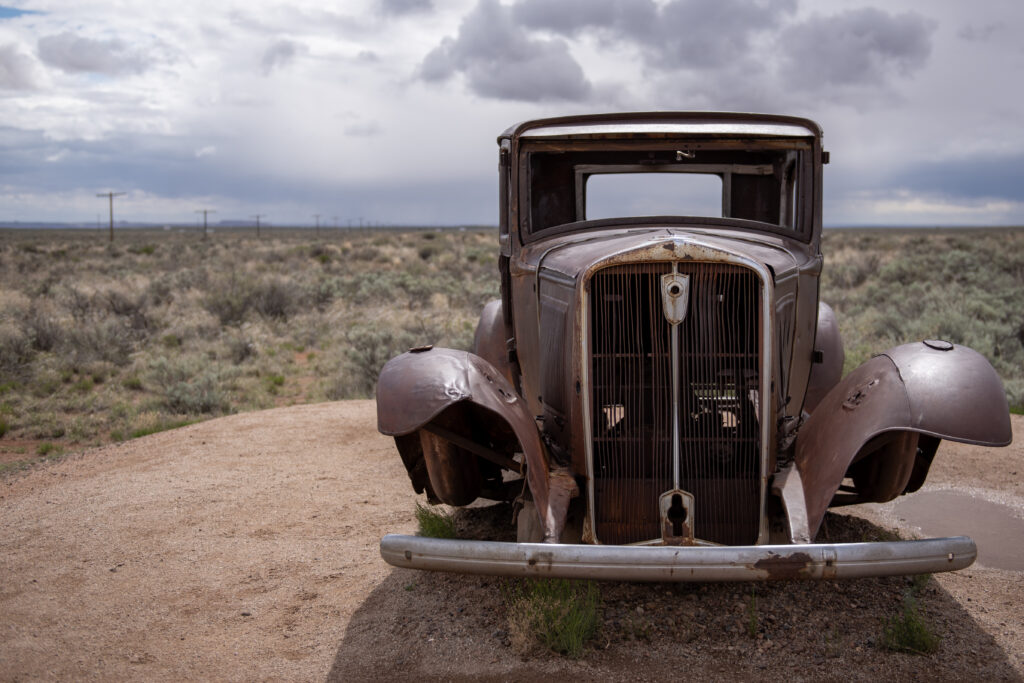
The spirit of exploration and discovery, first ignited in the imagination of car enthusiasts such as Jackson, served as my guiding inspiration. Jackson’s pioneering expedition opened minds to new possibilities, and over time, the automobile transformed America’s connection to its sprawling landscapes. For me, the open road wasn’t merely a means of travel; it was an invitation to explore the distant and often remote corners of our vast nation. Established in 1926, Route 66 has become a symbol of this legacy. More than just a highway, it came to represent freedom, adventure, and the promise of economic opportunity.
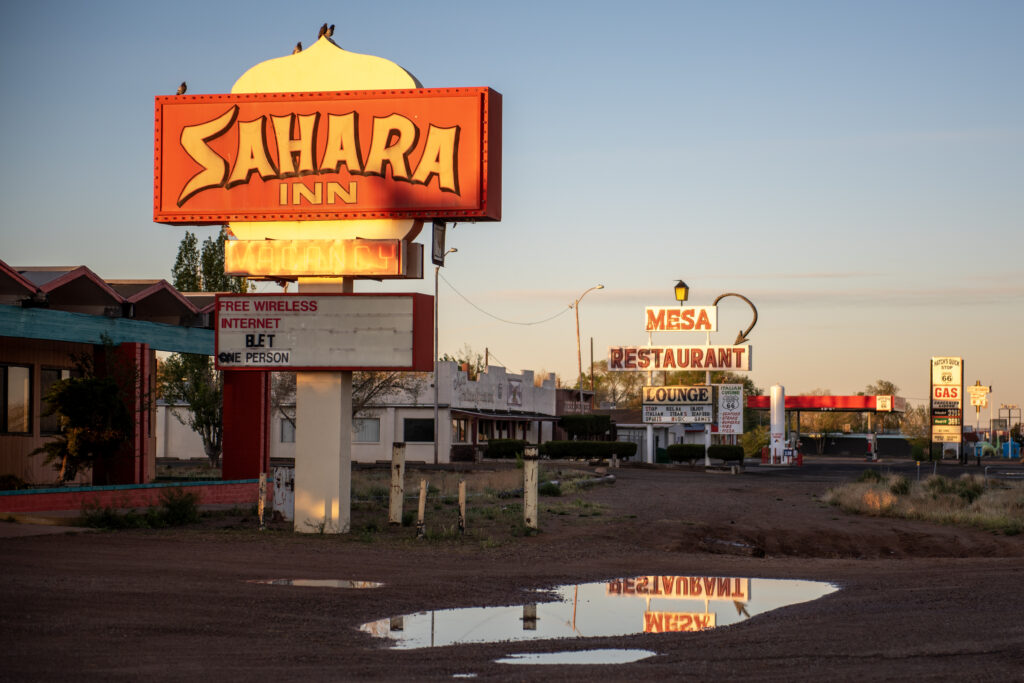
As Route 66 gained fame, small towns like Holbrook, Arizona, began to blossom along its path, sustained by a steady stream of visitors. However, the construction of the Interstate Highway System in the 1950s redirected traffic to faster, more direct routes, marking the beginning of Holbrook’s demise. The Sahara Inn, once a lively waypoint known for its distinctive folded roof and mid-century architecture, saw its business diminish as the flow of travelers dwindled. Amidst this backdrop, Bruno, ever curious, pulled me toward a large puddle. As I looked into its reflection, the remnants of weathered structures stared back at me. The sight was a silent yet sharp reminder that these closures not only marked the end of an era, but also signaled the gradual decline of many communities that had thrived on the promise of this once-bustling highway.

While places like Holbrook faded, others adapted and even thrived. Amarillo, Texas, exemplifies this resilience, with Cadillac Ranch as an example of the town’s creative reinvention. Established in 1974, this quirky landmark features a row of half-buried, graffiti-covered Cadillacs that attract over a million visitors annually. It has become a lasting emblem of Amarillo’s ability to blend historic roots with modern artistic expression. The continued popularity of Cadillac Ranch and other local attractions has helped Amarillo maintain a thriving economy and cement its status as an iconic roadside destination.
While this historic highway stands as a testament to change and adaptation, my trip through the American South revealed an area still grappling with the legacies of a bygone era. Its identity has been molded, in part, by agrarian roots, particularly the rise of plantation culture, and by the lasting impact of the Civil War. The region’s pride in its traditions contrasts sharply with the lingering wounds from those tumultuous times. These scars continue to influence the present in ways both visible and profound.
Wormsloe State Historic Site, where Bruno and I found respite under a grove of moss-draped oaks, vividly illustrates the South’s complicated past. Founded in the eighteenth century, it evolved from a fortified colonial estate into a thriving plantation. Like so many institutions during the Antebellum era, it relied on the brutal exploitation of enslaved African men, women, and children. As visitors approach the grand entrance, unique to this region, they are greeted by a landscape of striking natural beauty that conceals a legacy of human suffering.
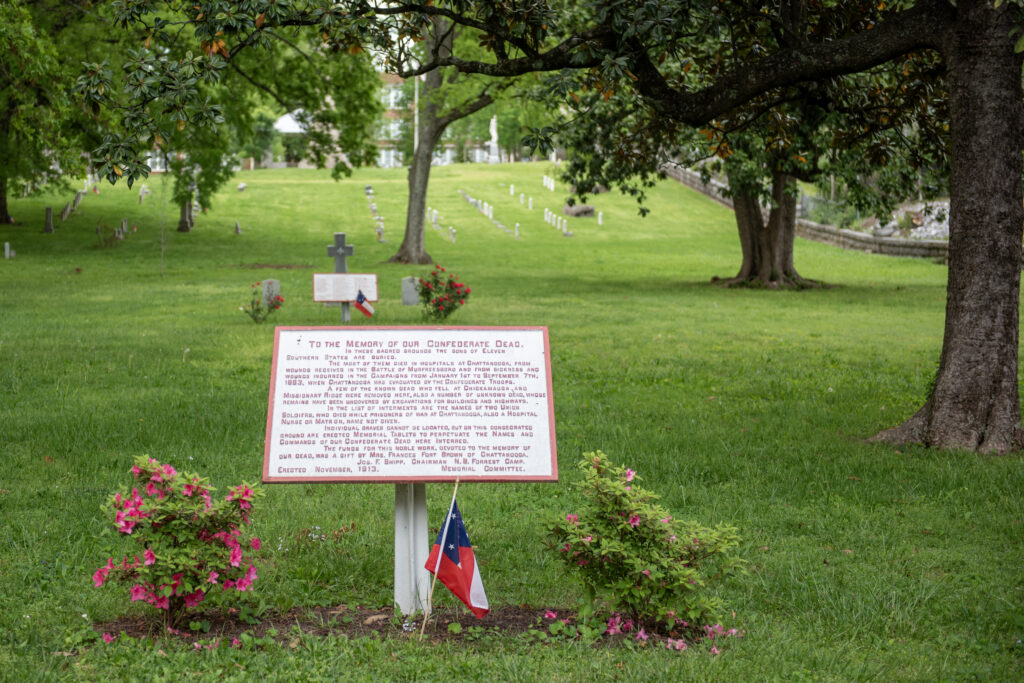
Just as Wormsloe’s beauty masks a somber history, the Confederate Cemetery in Chattanooga reveals another contentious chapter. The cemetery, where thousands of Confederate soldiers are buried, stands as a symbol of the region’s ongoing struggle with historical acceptance. Over the years, management of the cemetery has changed hands. In 2018, then-Mayor Andy Berke called for the city to withdraw as a trustee, stating, “While we honor our dead, we do not honor the principle for which they fought.” Responsibility has since shifted to the Sons of Confederate Veterans, highlighting the enduring disagreement over Confederate symbols and the complex challenges of balancing remembrance with reconciliation.
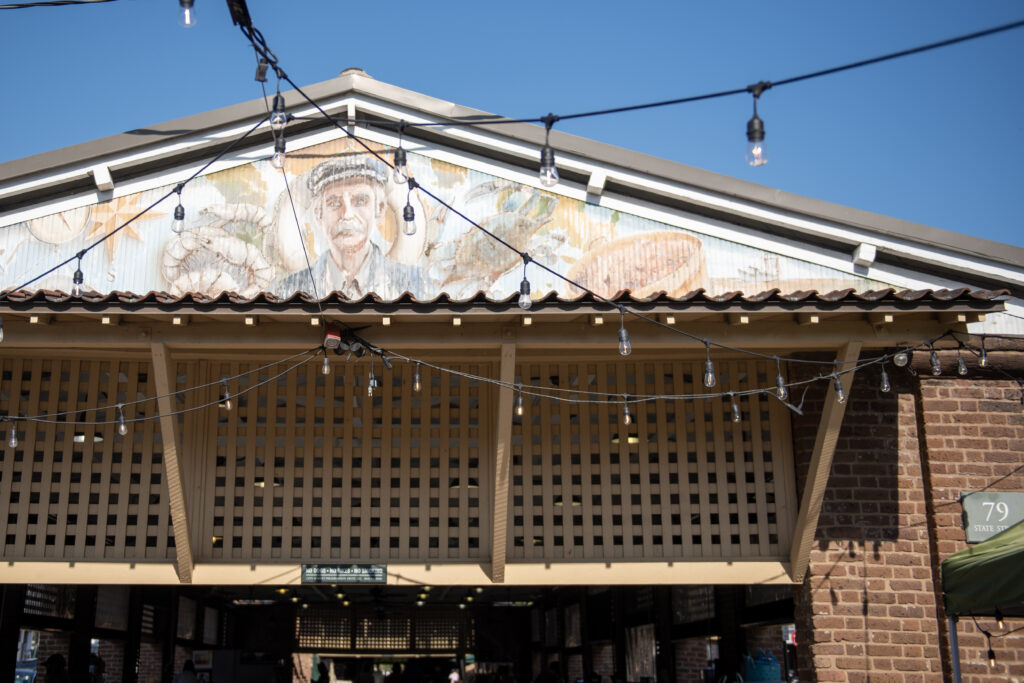
In contrast to the Confederate Cemetery, which remains a site of controversy, Charleston’s City Market exemplifies the region’s progress toward inclusion. Historically, this market was a space where enslaved people, particularly women, engaged in trade on behalf of their white owners. While it once embodied the harsh realities of slavery, today the market has transformed into a vibrant center for commerce and culture. This evolution reflects broader societal shifts across the South, marked by increasing recognition and celebration of its diverse heritage, paving the way for a future where all can thrive.
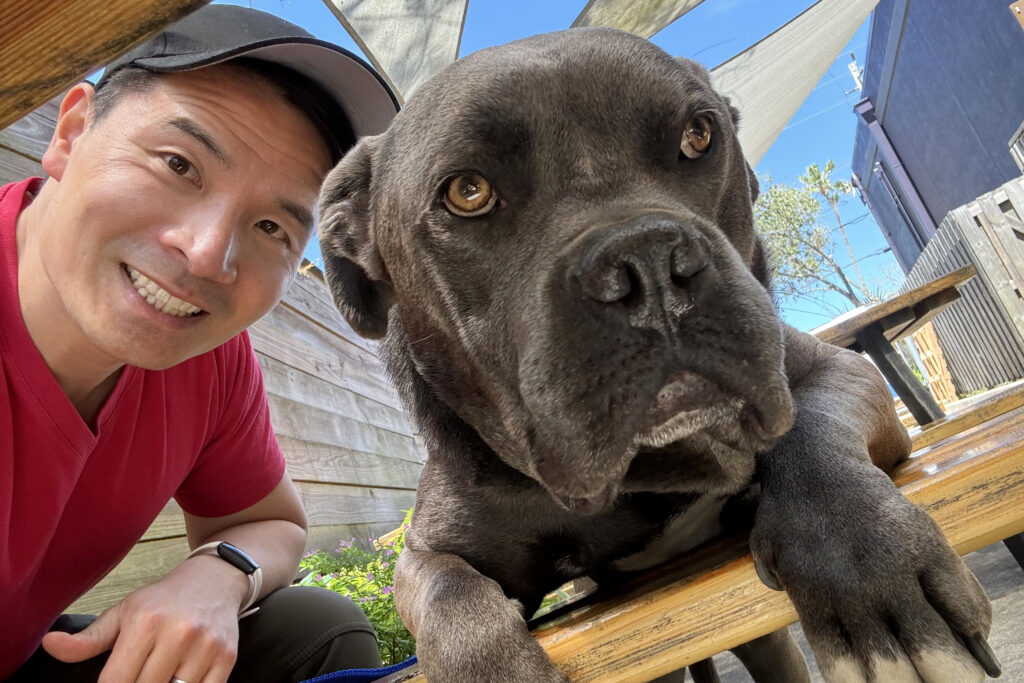
As I reflect on this journey, I’m struck by how deeply history is woven into the fabric of our everyday lives. It’s present in the paths we travel, the landmarks we visit, and the stories we pass on. With Bruno by my side, we trekked through high deserts, marveled at whimsical roadside attractions, and discovered many hidden gems. As we headed home, I realized that understanding the roots of our nation involves more than just looking back in time. It’s about recognizing how these stories guide us, shaping who we are and where we’re going.




Comments are closed.